
A New Kind of Human Has Officially Been Discovered

The Hidden Skull That Rewrote Human History
In 1933, amid the upheaval of bridge construction in northeastern China, a laborer made a discovery that would remain concealed from the world for nearly a century. As he unearthed soil near the city of Harbin, something extraordinary emerged: a fully intact human skull unlike anything he had ever seen. Gripped by the gravity of his find—and likely fearing it might be taken or destroyed during Japan's occupation of the region—he made a fateful decision. He carefully wrapped the cranium and lowered it into an abandoned well, where it would lie hidden through wars, revolutions, and the exponential rise of modern science.
The worker never revealed his secret during his lifetime. It wasn’t until his final days that he shared the story with his family, who would eventually donate the artifact to scientists in 2018. What they uncovered stunned the paleoanthropological community: the skull belonged to a type of ancient human entirely unknown to science—one that had remained invisible for over 146,000 years. This discovery would not only shake the foundations of our understanding of human evolution but also redefine how we see ourselves in the context of a complex human family tree.
The Well That Guarded a Secret for 85 Years
When the Japanese military invaded northeastern China in the early 1930s, the Harbin laborer recognized the perilous times and acted decisively. The cranium he had unearthed—nearly complete, with a single molar still rooted—was so unlike any known skull that he understood it needed to be protected. Rather than risk it being confiscated or lost during wartime chaos, he concealed it in a well. For the next eight and a half decades, the skull sat in silent darkness beneath Harbin, untouched and unexamined, as empires fell, nations rose, and the science of human origins evolved.
It wasn't until the man’s family disclosed the secret before his death that the fossil finally resurfaced. In 2018, it was donated to Hebei GEO University, where researchers were instantly captivated. The skull—large, thick-boned, and bearing a unique combination of archaic and modern traits—defied categorization. Radiometric dating suggested it was at least 146,000 years old. And soon, it earned a name as evocative as its appearance: "Dragon Man," a nod to Heilongjiang, the province in which it was found, whose name translates to “Black Dragon River.”

A Shadowy Cousin Emerges: The Denisovans
To understand why Dragon Man confounded scientists for so long, one must examine the mystery of the Denisovans—a lineage of ancient humans first identified in 2010 through a mere pinkie bone fragment discovered in Siberia’s Denisova Cave. Though the bone was minuscule, DNA extracted from it revealed an astonishing truth: the world had overlooked an entire branch of humanity.
Genetic studies soon showed that Denisovans had lived alongside modern humans (Homo sapiens) and Neanderthals for thousands of years, interbreeding with both. Their genetic fingerprints appear in the DNA of people from Asia and Oceania today, especially among Melanesians, Australian Aboriginals, and some East and Southeast Asian populations. Yet for all their genetic legacy, no one knew what they looked like. The fossil record offered only tiny, fragmented remains—no skull, no face, no identity.
For over a decade, Denisovans remained ghosts—defined by genes but invisible to the eye. They had no formal species name and no associated cranium to analyze. That is, until Dragon Man resurfaced.
The Breakthrough: DNA from a Tooth’s Tartar
Unlocking the secrets of Dragon Man would prove far more challenging than initially expected. Standard attempts to extract ancient nuclear DNA from the tooth or the petrous part of the skull—traditionally the richest sources of genetic material—failed due to age and environmental degradation. But Professor Qiaomei Fu and her team at the Chinese Academy of Sciences were undeterred.
They turned to an innovative and risky approach: extracting DNA from dental calculus, the hardened plaque that forms on teeth and can trap genetic material. Against the odds, this gamble paid off. The researchers successfully recovered mitochondrial DNA, revealing a striking match with the Denisovan genome. For the first time in history, scientists could confidently associate a nearly complete skull with the elusive Denisovans.
“This discovery allows us to put a face to the Denisovans,” said Fu. “After 15 years of searching, we finally know what one of them looked like.”
What the Denisovans Looked Like

Dragon Man’s skull is massive, with a cranial capacity comparable to modern humans and Neanderthals, suggesting high cognitive potential. Yet his physical features are unique. A broad, flat face. Deep-set eyes under prominent brow ridges. A wide mouth and large teeth—far larger than those of any Homo sapiens. These traits hint at a hardy population adapted to cold climates and harsh conditions, perhaps the vast steppes and forests of Ice Age Asia.
Artist reconstructions based on Dragon Man’s morphology show a stocky, powerful human figure, unmistakably human but distinctly archaic. These ancient humans might have stood face-to-face with our ancestors—and interbred with them—yet remained separate in both biology and behavior for millennia.
“They would have looked human to our eyes,” noted Dr. Ryan McRae of the Smithsonian’s National Museum of Natural History. “Just as Neanderthals in modern clothing wouldn’t seem out of place on a city street, Denisovans like Dragon Man would appear unfamiliar, but recognizably part of us.”
How Science Connected the Dots
To corroborate the mitochondrial findings, researchers also extracted ancient proteins from the skull’s bone tissue—another increasingly valuable method in paleoanthropology. These proteins carried molecular signatures aligning with Denisovan biology, lending powerful support to the DNA results.
Though some experts questioned why calculus yielded better DNA than the denser petrous bone, researchers noted that the mineralized plaque often preserves genetic material more reliably in certain conditions. Moreover, the convergence of evidence from both genetic and proteomic data made the Denisovan identity virtually undeniable.
Homo longi vs. Denisovan: A Taxonomic Tangle

In 2021, before the genetic link was confirmed, researchers proposed a new species name for Dragon Man: Homo longi, or “Dragon River human.” The name referenced both the fossil’s distinctive traits and the region where it was found. But now that the skull has been linked to the Denisovan genome, scientists are debating whether Homo longi should replace the informal “Denisovan” label.
On one hand, Homo longi is the first formal species name linked to Denisovan fossils. On the other, “Denisovan” is deeply entrenched in scientific literature and public consciousness—much like “Neanderthal” is used interchangeably with Homo neanderthalensis.
Regardless of the final designation, the implications are profound: Dragon Man provides the first anatomical reference point for a population once known only through fragments and genomes.
When Three Human Species Walked the Earth
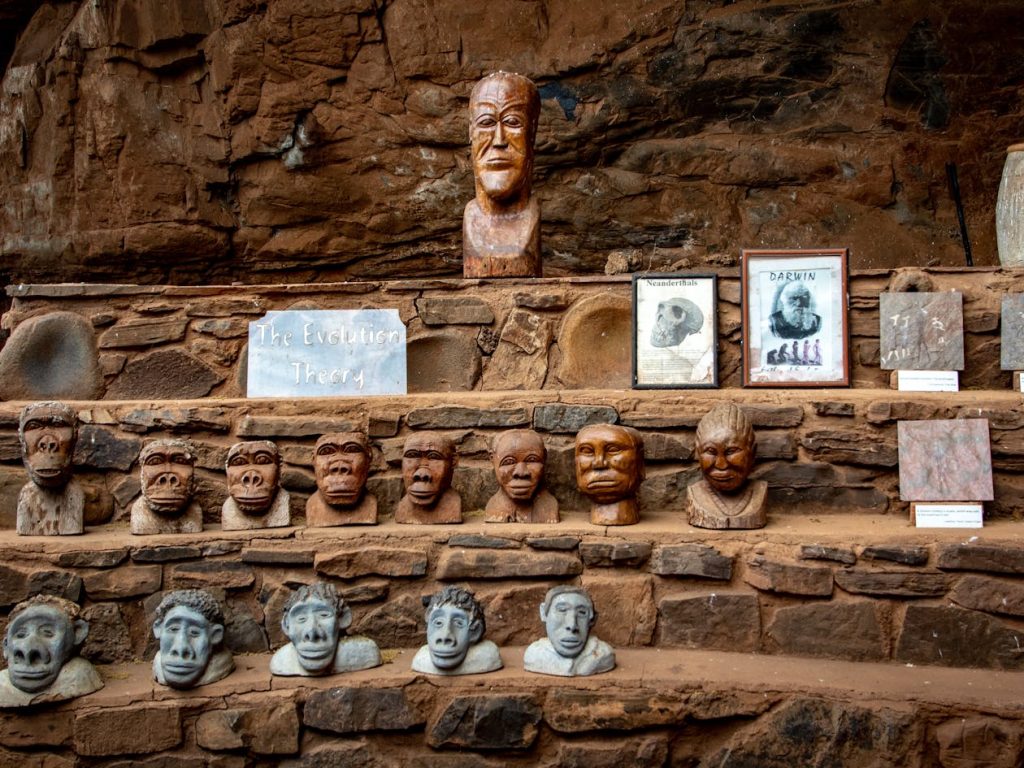
The emergence of Denisovans as a distinct species underscores a remarkable chapter in our evolutionary history—a time when three human species coexisted across the globe. For tens of thousands of years, Homo sapiens, Neanderthals, and Denisovans shared the Earth, occasionally competing, often interbreeding, and always adapting in different ways to their environments.
Most modern humans carry remnants of these interactions in our DNA. Europeans and Asians typically possess 1–2% Neanderthal DNA, while Denisovan traces are most prevalent in Pacific Island and Southeast Asian populations. The Dragon Man skull adds a vital piece to this puzzle, suggesting Denisovans were widespread across northern Asia and possibly more diverse than once thought.
Rewriting the Fossil Record
With Dragon Man as a reference, scientists can now revisit a host of poorly classified fossils across Asia that have long defied categorization. Traits once considered anomalous may now be recognized as distinctly Denisovan. This opens the door to a sweeping reanalysis of museum collections and field sites from China to Tibet.
The ability to identify Denisovans without relying solely on DNA—a costly and sometimes impossible task—will likely expand their fossil record dramatically in the years to come.
A Legacy Preserved by One Man’s Intuition
The Dragon Man discovery is more than just a scientific triumph. It’s a profound testament to the power of individual foresight and the silent guardianship of one man who instinctively knew he held something precious.
Were it not for the bridge worker’s decision to conceal the skull and his family’s eventual donation nearly a century later, this pivotal chapter of human evolution might still remain unwritten.
As scientists continue to uncover and analyze new Denisovan specimens, they are not only filling in blanks on a family tree—they are reshaping the story of humanity itself. Dragon Man reminds us that the past is never fully buried—and that the future of our understanding may yet lie in wells, caves, and forgotten corners of the Earth.
News in the same category


Dealing with 10 Common Bathroom Pests

Chaos following discovery of radioactive wasp nest at former US nuclear weapons site
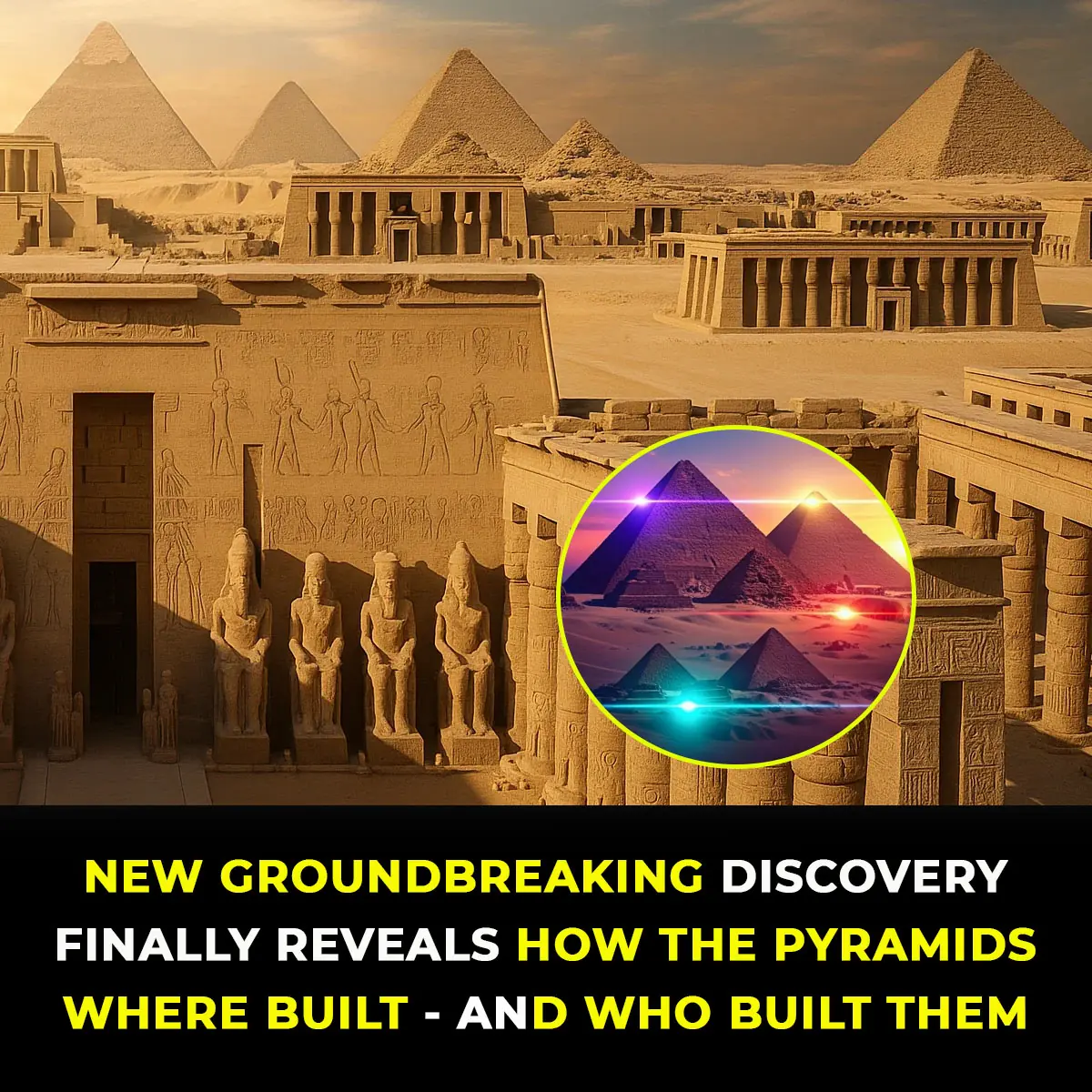
Ancient Inscriptions Inside Great Pyramid Rewrite History Of Its Builders

Nurse at palliative care reveals the top 5 regrets of people right before they di3d

The Hidden Meaning Behind Leg-crossing — It’s More Than Just Comfort

Off The RecordIf You Ever Notice Your Door Handle With A Rubber Band On It DO NOT Touch It

Jake, a Single Dad, Discovers a Heartwarming Breakfast Surprise

90-Year-Old Woman Used a Grenade as a Pestle for Over 20 Years
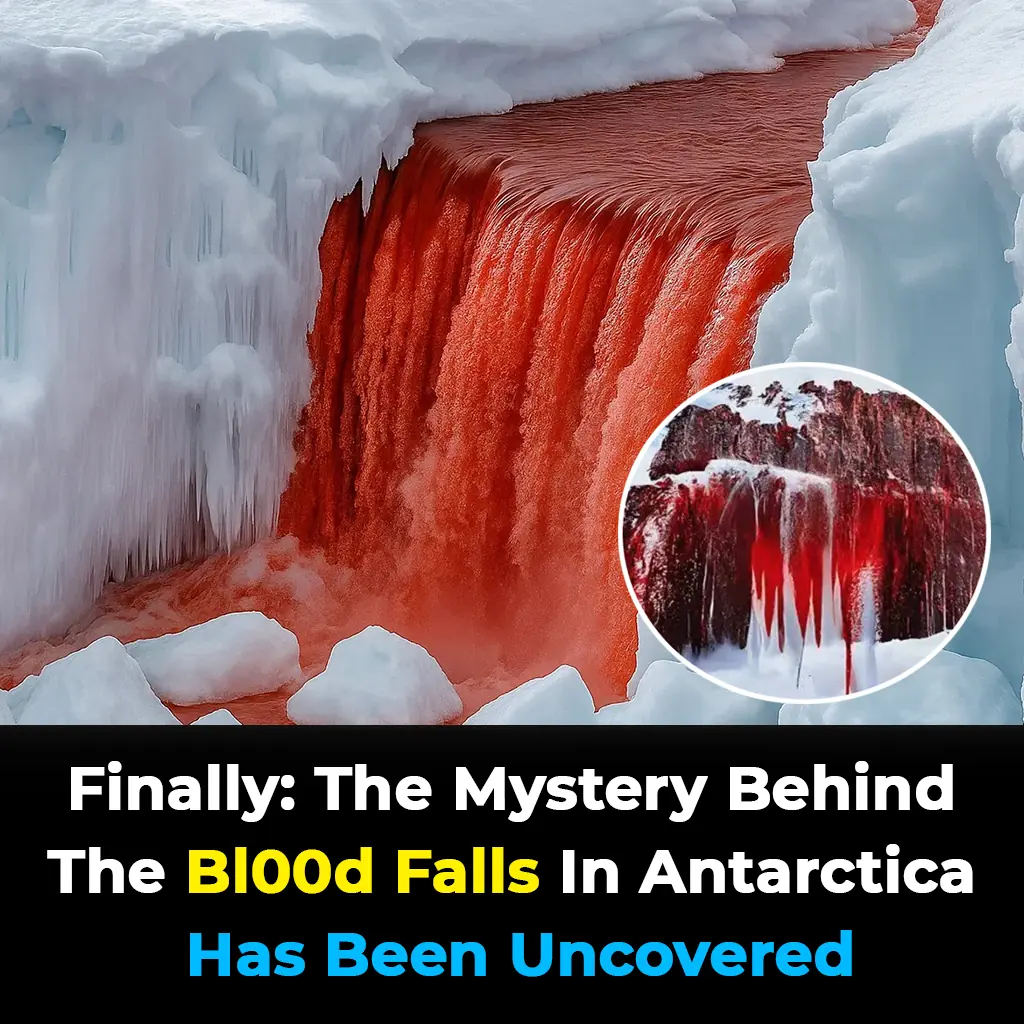
Scientists Finally Reveal the Chilling Truth Behind Blood Falls In Antarctica
Deep beneath Antarctica's frozen surface lies a crimson waterfall so eerie and surreal, it appears the glacier itself is bleeding. Known as Blood Falls, this chilling natural wonder holds secrets that could reshape our understanding of life on Earth—and

What Is Gyan Mudra? Benefits, Meaning, and How to Practice It Daily
This habit is a powerful hand gesture used in yoga and meditation to boost focus and inner peace. Discover its meaning, benefits, and how to practice it daily for a calmer, clearer mind.

New Brain Protein Discovery Could Reverse Memory Loss Without Touching Alzheimer's Plaques
The study’s central revelation - that memory can be restored without clearing plaques - challenges the very foundation of Alzheimer’s research over the past 30 years.

Woman With Rare 'Superpower' Sniffed Out Husband's Disease 12 Years Before Diagnosis — Now She's Helping Create a Breakthrough Test
A woman with a rare “superpower” — the extraordinary ability to smell her husband’s disease more than 12 years before it was medically diagnosed — is now working with scientists to develop groundbreaking new methods for early detection of the co

Born On These Dates? Experts Say You May Have Extraordinary Natural Talents
If you were born on one of these dates, you just might be part of an elite circle of natural-born visionaries.

10 Cancer Warning Signs Women Often Overlook

11 Heartbreaking Signs Your Dog Is Nearing the End—And How To Give Them The Love They Deserve

Why McDonald’s Removed The Clown From The Company Image

Experts Are Drawing Attention To A Disturbing Noise That People Produce Just Before They Die
News Post

British Mom Who 'Died' For 17 Minutes After Workout Shares What She Witnessed

Dealing with 10 Common Bathroom Pests
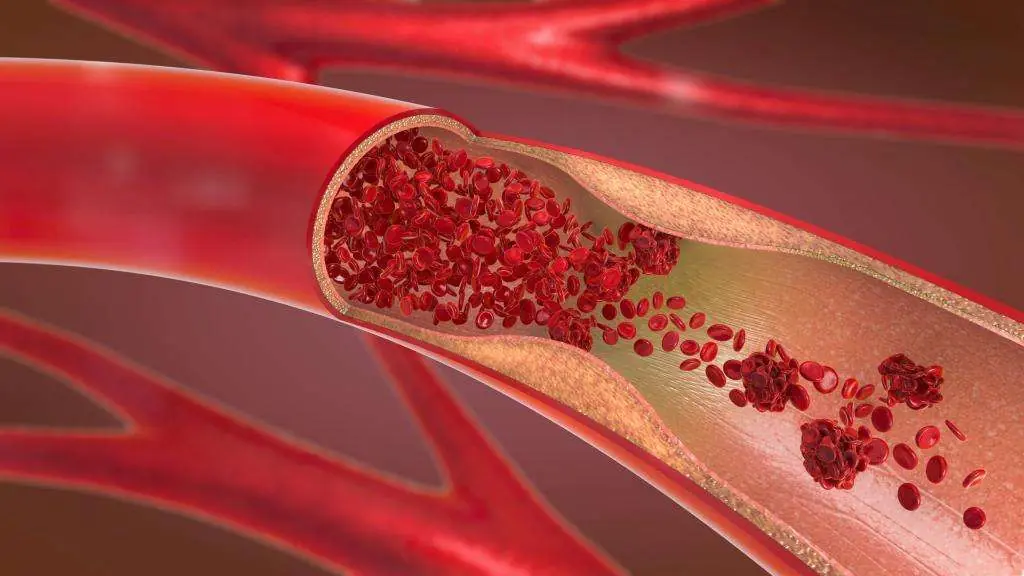
How to Improve Blood Circulation Naturally (Research Based)

5 Deficiencies Almost Everyone Has (And Doesn’t Know About)

Scientifically Proven Health Benefits of Cayenne Pepper

Free download offered to PlayStation gamers as way to 'make amends'

Chaos following discovery of radioactive wasp nest at former US nuclear weapons site

Beyond the Badge: One Officer’s Journey to Becoming More Than a Uniform.

7 Thing That Happen To Your Body When You Stop Having Intimacy Moments
Taking a break from intimacy doesn’t mean something is wrong. In fact, it can be a time for growth, healing, and self-discovery.

From Suspension to a Second Chance: How One Principal Changed a Life Forever.

The Hawk on the Porch: A Quiet Cry for Help.

I Filed for Divorce After Catching My Husband Cheating – Our Son's Words in Court Left Everyone Speechless

My Selfish Sister Stayed by Mom's Side When She Fell Ill, but Everything Changed after the Doctor Shared Mom's Last Words – Story of the Day

My SIL Gave Me Her Old Armoire and Made Me Pay for Moving It – Then She Came with an Outrageous Demand

The Meteor That Changed Two Lives: A Story of Unlikely Family
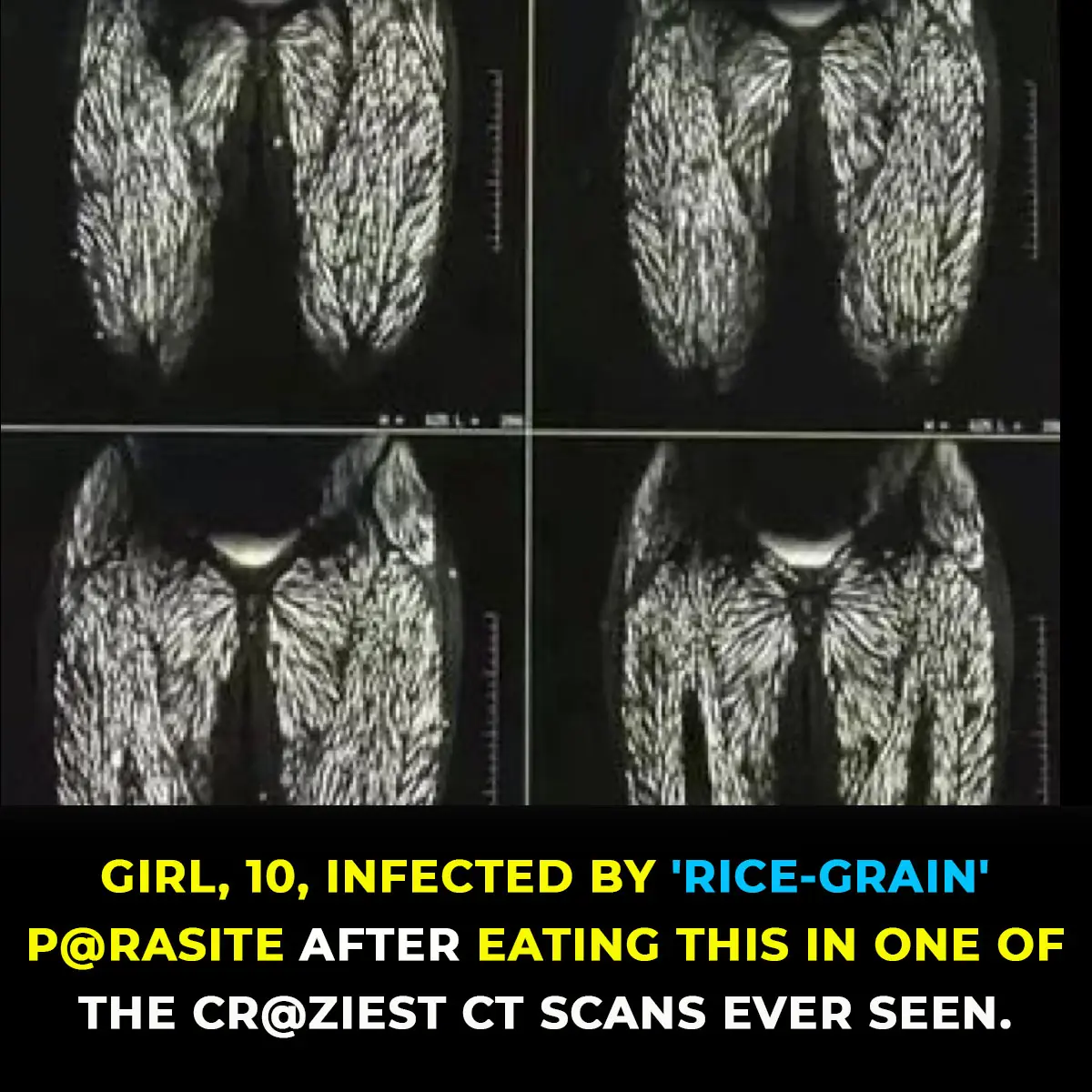
P@rasite Found In Br@in Of 10-Year-Old Girl After Eating Undercooked Meat Leaves Experts Horrified

Ancient Inscriptions Inside Great Pyramid Rewrite History Of Its Builders

5 Common Foods That Turn Toxic If Left Overnight

Nurse at palliative care reveals the top 5 regrets of people right before they di3d
